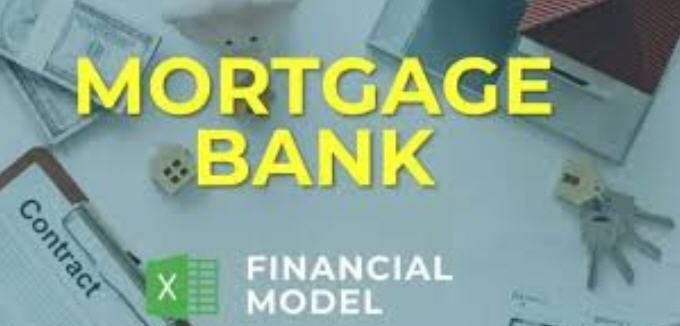
Key Performance Indicator (KPI) for Real Estate
To name a few:
KPIs for Real Estate Agents & Brokers
- Sales Volume: Total dollar value of properties sold in a given period. A key metric of success.
- Number of Transactions Closed: Number of properties bought or sold with your representation.
- Average Commission per Transaction: The average commission earned per closing. Helps calculate revenue.
- Lead Conversion Rate: Percentage of leads (potential buyers/sellers) that convert into clients. Tracks sales process effectiveness.
- Days on Market (DOM): Average time it takes for your listings to sell. Shorter DOM is better for sellers and for your efficiency.
- Client Satisfaction (CSAT): Survey clients after transactions to measure satisfaction with your service.
- Net Promoter Score (NPS): Measures the likelihood of clients recommending your services. Strong referrals are key.
KPIs for Real Estate Investors
- Return on Investment (ROI): Profit gained on an investment as a percentage of its cost. The core metric for investment success.
- Cap Rate (Capitalization Rate): Net operating income of a property divided by its current market value. Helps assess potential profitability.
- Cash-on-Cash Return: Annual pre-tax cash flow of a property divided by the total cash invested. Shows immediate returns.
- Occupancy Rate: Percentage of rental units occupied at any given time. High occupancy is crucial for revenue.
- Net Operating Income (NOI): Revenue from a property minus operating expenses. A key measure of profitability for rentals.
KPIs for Property Managers
- Occupancy Rate: Percentage of properties or units currently rented. High occupancy maximizes revenue.
- Tenant Retention Rate: Percentage of tenants who renew their leases. Minimizes vacancies and turnover costs.
- Rent Collection Rate: Percentage of rent payments collected successfully. Key for timely cash flow.
- Maintenance Costs: Track spending on repairs and upkeep, as this impacts profitability.
- Tenant Satisfaction Surveys: Measure tenant satisfaction with service, responsiveness, and the rental property itself.
Additional Considerations
- Market-Specific KPIs: Track average sales prices, DOM trends, and inventory levels in your local market. Helps you adapt your strategies.
- Marketing KPIs: Measure the effectiveness of various channels (website traffic, social media engagement, lead generation) in attracting clients or tenants.









